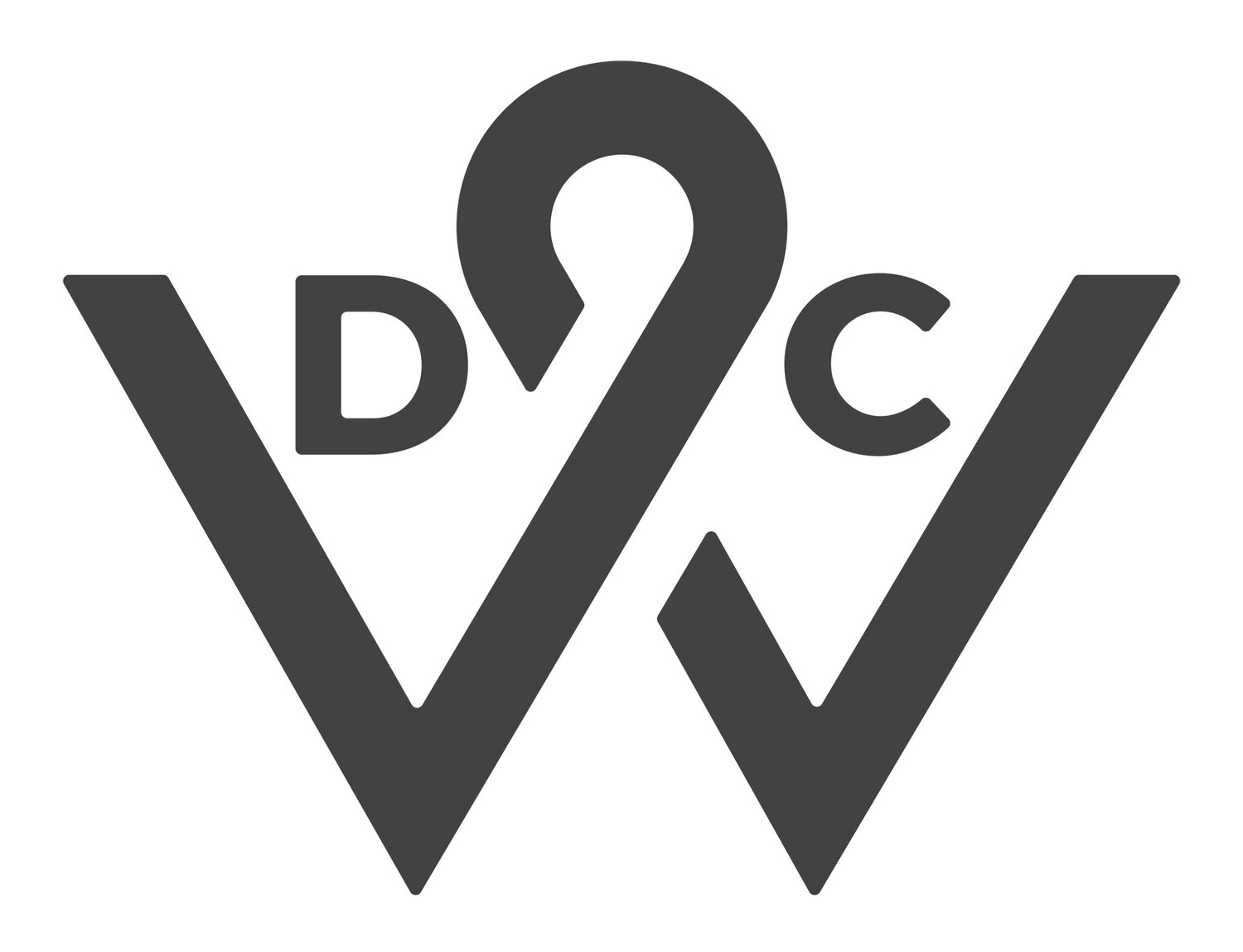Why culture is a business priority
by John Owen
Workplace culture only seems to make the headlines when it is outed as toxic. The recent revelations about Nike are just the latest example.
But, of course, most CEOs will tell you they don’t have a toxic culture. And so, they prioritise other areas. There are customers to serve, products to produce, supplier relationships to build, financial targets to hit and shareholders to manage: and this is where most leaders tend to focus their energies.
Let’s leave aside the fact that – like Mark Parker at Nike – they might be wrong about the state of their culture… and let’s consider a more probable scenario: that the way people feel in their organisation is having an impact on how well they’re doing their jobs. In other words, on their ability to deliver products on time, keep customers happy and hit those financial targets.
This is more than probable, isn’t it? It’s unavoidably true. The way we feel is fundamental to how we perform. We all know this.
And a central factor in determining how we feel is our ability to connect with those around us – our colleagues.
Indeed, connectedness between people at work has been repeatedly shown to be a significant predictor of business performance. Professor Sandy Pentland’s work at MIT has been dedicated to this area and his key insight is that the more people talk to each other – across floors, between departments and across hierarchical levels – the more likely a group is to perform strongly. Quoted by Daniel Coyle in The Culture Code, Pentland says:
“Conversation predicts 30% and sometimes 40% of the productivity in work groups.”
I don’t want to reduce the term “culture” to this one factor, but I’d argue that connectedness is the hallmark of a healthy culture: the ability of everyone to work together, to be able to give of their best in each other’s company and, in turn, to get the best out of each other.
But how can this even begin to be possible in a place where it’s OK to undermine and overlook people based on their gender, skin colour, or age? Indeed, how can it be possible when undermining and overlooking people is OK on any grounds at all?
However, we shouldn't underestimate how hard it is to overcome these instinctive behaviours. Neuroscience has shown that fear and self-protection are stronger instincts in adult humans than experimentation, collaboration or the pursuit of pleasure. (Read Dan Cable's Alive At Work for more on this).
So, in an environment where we feel even a little bit threatened, humans err on the side of caution – protecting our knowledge base, staying silent when we could speak out, blaming others rather than admitting our own failings and advancing our own status at the expense of group advancement.
This is brilliantly illustrated by a famous study done by Peter Skillman at Stanford University – then subsequently reported a great many times in different places, always with the same results. The challenge is to build the highest possible tower using spaghetti, tape, strong and a marshmallow (which must sit on top).
Skillman and his colleague Tom Wujec have administered it to all sorts of professional groups, including CEOs, lawyers and business students. But the highest towers have been constructed by a different type of group altogether: kindergarten kids.
The researchers observed that the adult groups spent much of their time theorizing, advancing their arguments and jockeying for status. Dominant voices then emerged and collaborative effort diminished, resulting in less effective performance. The kids, on the other hand, just got on with it – each trying stuff out, experimenting messily, but building on the breakthroughs they achieved, no matter whose idea it had been.
We can conclude that psychological safety – and thereby strong collective performance – is especially hard to attain among high achieving, ambitious adults. And how much more so when the stakes actually matter?
It seems that fear, status protection and perceived self-interest are automatic drivers of behaviour in adult groups – often to the detriment of communication, connectedness and collective performance.
Even if your culture isn’t toxic, it’s likely to be beset with these issues. And your business will be less productive as a result. Overcoming these human barriers and building psychological safety is really hard. But if you don’t make it a priority, you’ll never unlock the true potential of your organisation.



